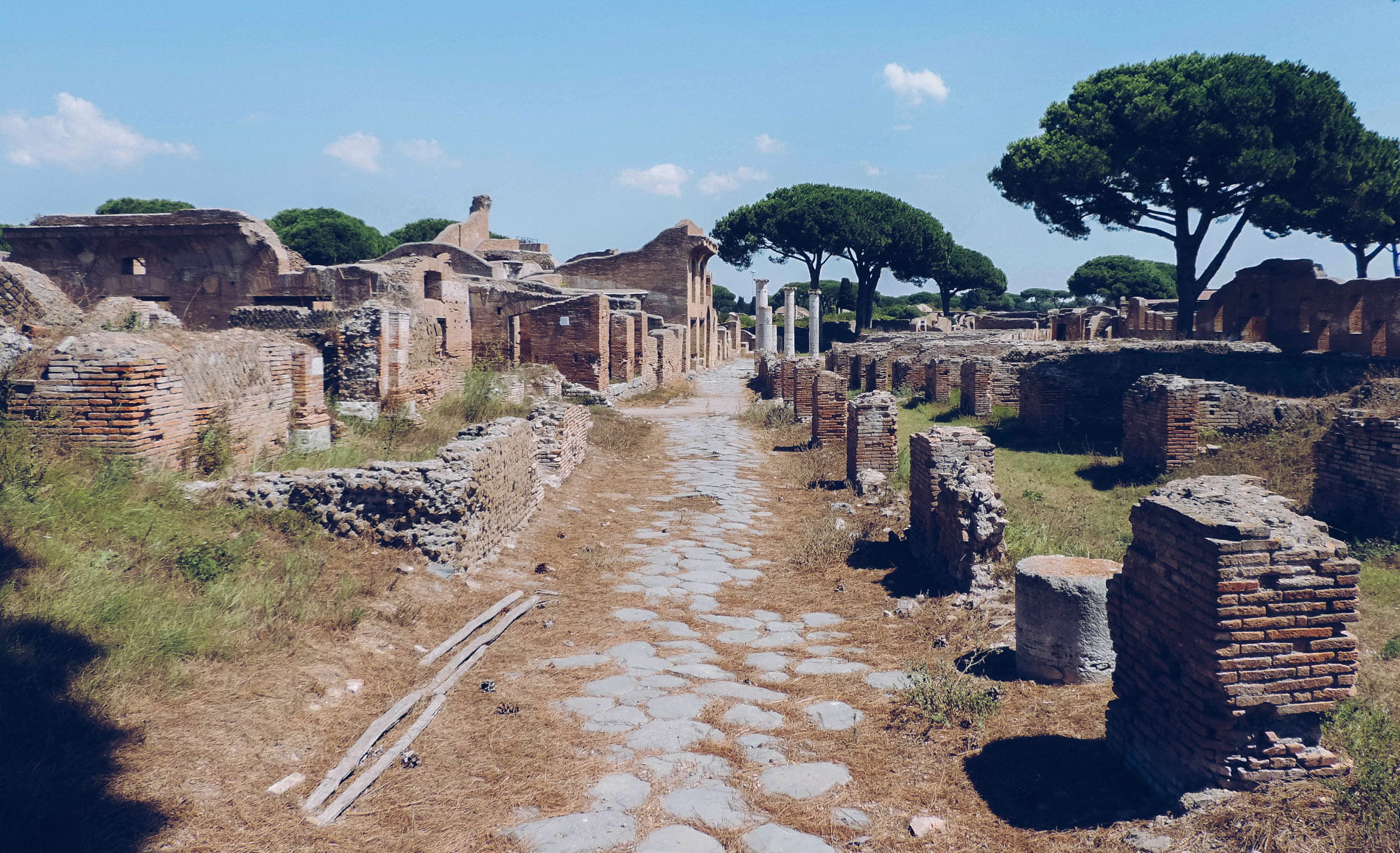Are you planning on your dream trip to Italy on a motorcycle? It is worth to realize a few things before you travel, so that later the little things, which are usually the most irritating, do not mess up the whole trip. Italians, or southerners in general, are a specific nation, completely different from us. They are mostly loud light-hearted, they don’t talk – they just shout, love food and you get the impression that they don’t care about the prosaic things. You can love them or hate them. If you can’t accept it or don’t share a similar lifestyle, a dream holiday in sunny Italy can turn into a nightmare for the soul, which will suppress even the most beautiful views. What else is worth knowing when visiting Italy? Italy practically – read below.
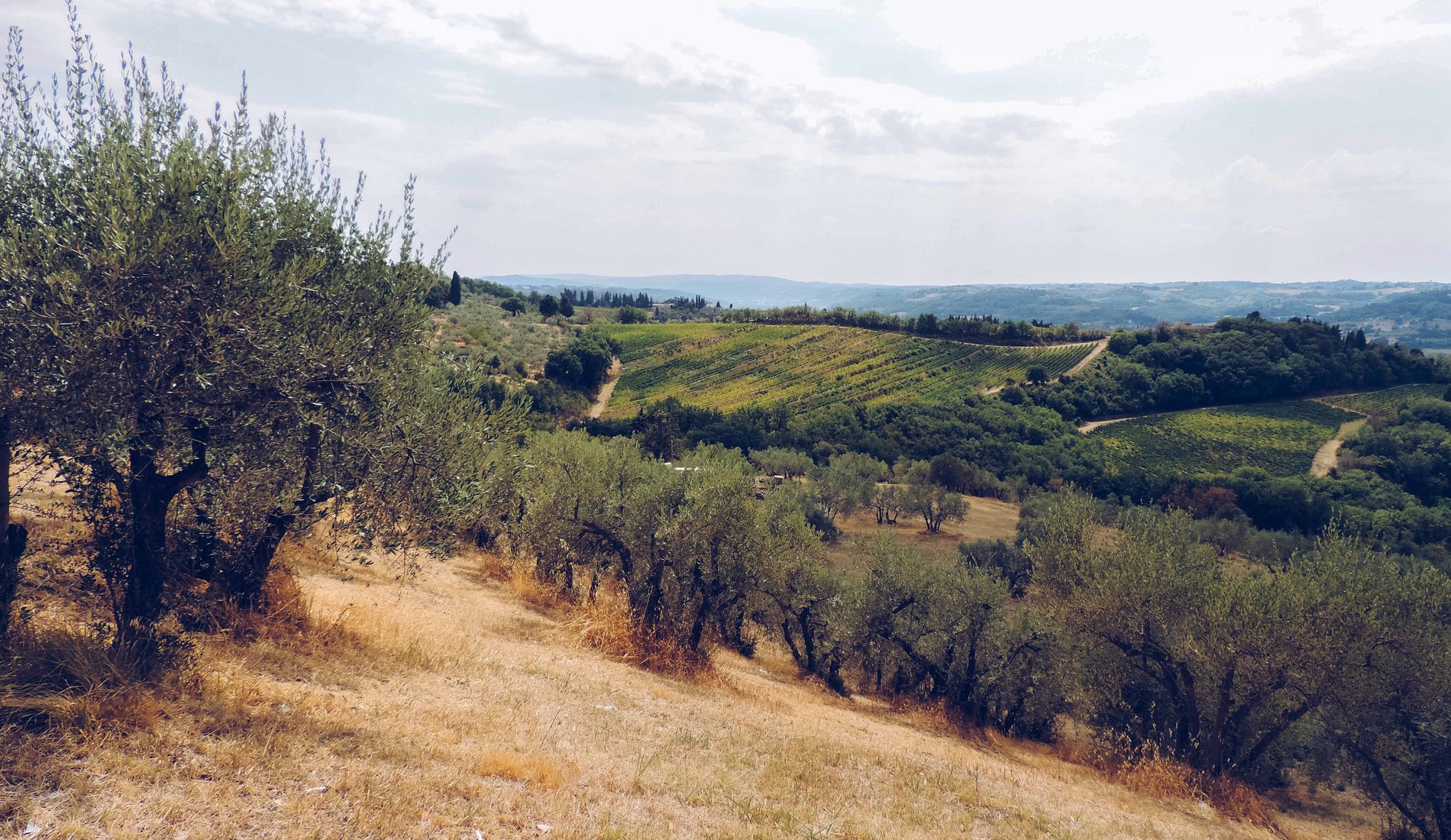
ITALY PRACTICALLY – ROAD JUNGLE, TOLLS, AND FUEL PRICES
For most Italians, road signs and lights are like decorations. They exist because they are there if they don’t exist, it’s also okay – we drive the same way – in our own way. Priority on the road in Italy has one that has a larger car or is faster. The most important, and obligatory, elements of every car are: loud (with emphasis on really loud) horn and good brakes. On the road very often there is total chaos, which can be very dangerous, especially for a motorcyclist. For us, it was a nuisance to travel around Rome, where you could get lost in a million one-way streets, bans and regulations. Therefore, when visiting larger cities it is worth to leave your two wheels and use quite well-functioning public transport.
However, you have to somehow travel between cities. Remember that Italian highways are not cheap, the price list can be found here, but they also have their good sides, such as gas stations open 24 hours a day. We mostly traveled on local roads. We also discovered a few pearls. They are free of charge, but they have many drawbacks.
Italy practically – be aware of this when traveling on local roads
- Apart from motorways, petrol stations are mostly automatic, we pour fuel ourselves, paying with a credit card in a vending machine near the distributor. Please note that before you start refueling after the card is inserted into the slot machine, the amount of 100€ is blocked on the card (so that amount must be present on the account). Usually, immediately after refueling, the account is charged the amount actually due for the fuel that we poured into the tank, and the lock itself is removed, but sometimes it happens that the blockade lasts for 24-48 hours, which can cause unpleasant surprise, if it turns out that after an intense two-day trip on your account you’ve blocked 400-500€.
- Update from our readers (thanks to Bodi Bodiniusz and Bogusław Pasionek). Sometimes it happens that automatic machines at petrol stations do not accept Polish payment/credit cards and then you have to pay in cash. Also, Revolut is not accepted. Remember to carry small banknotes (5, 10, 20 EUR) with you because the rest is not given.
- If it happens that you will find a living soul at the station, who willingly wants to help you feed your two wheels, do not be fooled that they do it in the flow of goodness of the heart. As a standard for this service 10% is added to the fuel price, which can also be an unpleasant surprise for petrol prices in some parts of Italy, coming over 2 € per liter. Distributors with this service are marked with the inscription: area servizio.
- Fuel prices during our trip ranged from 1.5-2,2 €/litre. A simple rule – the further away from the motorway, mountains, sea and tourist destinations, the cheaper it is.
- It is also worthwhile to refuel in Austria if you have such a possibility.
- We wrote here about parking, and what is worth paying attention to in Italy, because you can be surprised when you get a ticket.
- Always pay attention to the ZTL zones!
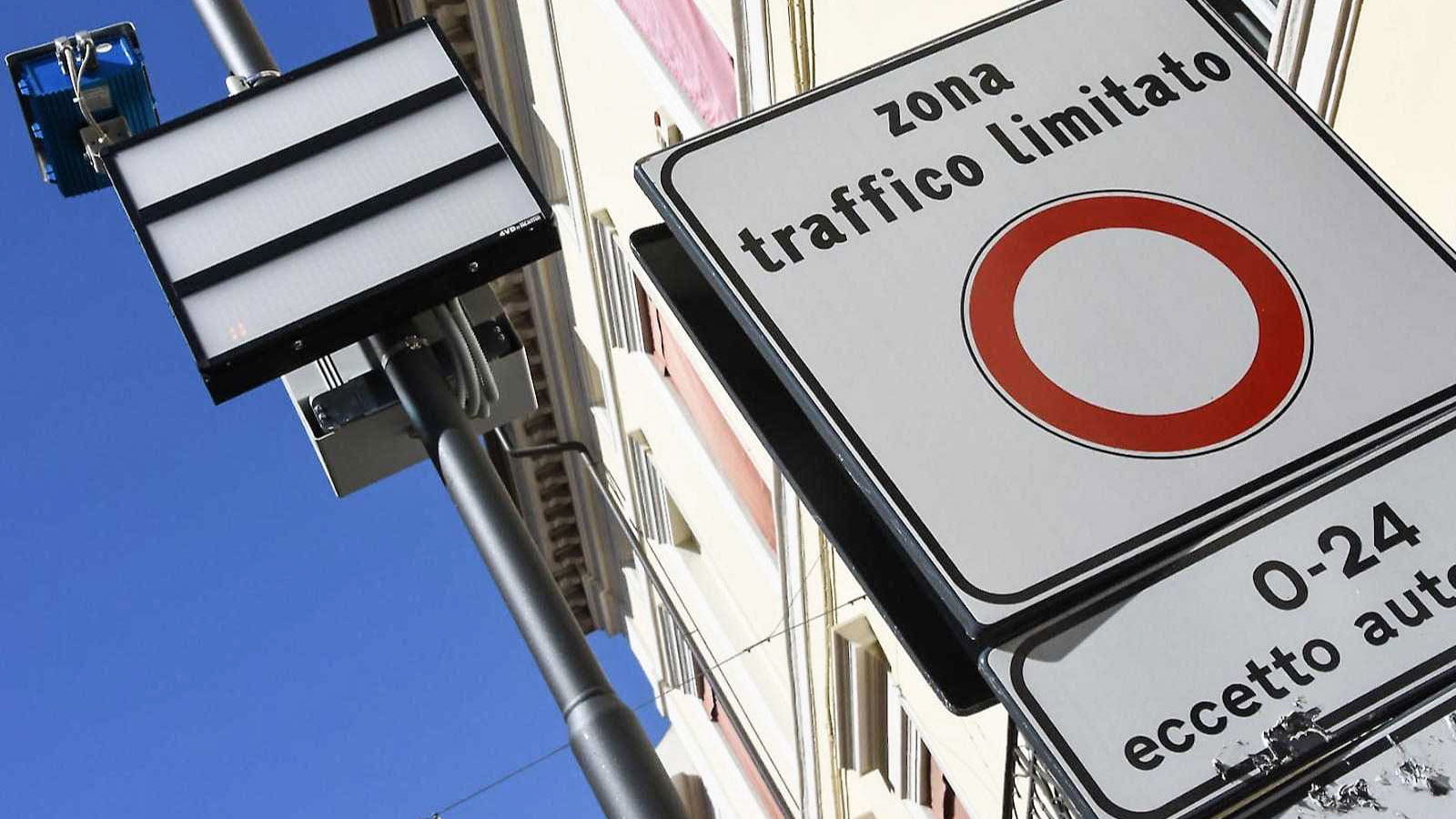
SIESTA – THE MOST IRRITATING ELEMENT IN ITALY
Breakfast is usually served with coffee and a sweet croissant between 7 a.m. and 8 a.m., dinner between 11 a.m. and 12 p.m., and then you are on your own until 8 p.m. The siesta is what we think is the biggest disadvantage of southern countries. All the more if we decide to travel in August when a lot of Italians come up with the same idea and take a holiday. Riding the kilometers in Italy on local roads can turn from a wonderful trip into an irritatingly slow passing time. Suddenly it turns out that we will not be able to purchase water (only in tourist destinations you can find tap water suitable for drinking), to cool down in the 40 degrees heat, we will not eat anything of the local delicacies on the way, or we will not even able to use the toilets.
Before the trip, we knew what to expect, but it’s hard to switch to a completely different lifestyle. So it is worthwhile, getting ready to ride a motorcycle all day long, to equip your panniers with additional 2-3 bottles of drinking water, something to eat and an iron bladder, because the toilets also are closed during the siesta. In larger cities, we will probably find something active, but if so, like us, you like to travel through less touristic regions and cities, you can encounter similar problems.
ITALY PRACTICALLY – GO, EAT AND CHECK THE ACCOUNT BALANCE
The food in Italian pubs isn’t cheap. With low-budget trips, the cost of meals can make up a really big percentage of our finances. You have to take into account the fact that for an evening meal with a bottle of wine in a local pub, for two people we will pay about 40-50 €. And that really is a minimum. If you have “sweetness lovers” in your team who won’t pass up any dessert, the costs go up accordingly. Unfortunately, traditional, local cuisine is not cheap, Italians highly value it. No wonder – it is delicious. We, personally, are its big fans and we can pay a lot for good pasta or tiramisu.
It is worth paying attention to additional fees. If we eat at the table there is usually a “coperto” added to the bill, which depending on the restaurant is from 1-2 € per person. In addition, in some places in the bill is included “servizio“, which is our tip, normally amounting to about 10-15% of the order amount. Both these fees will be avoided if you buy a meal for the takeaway.
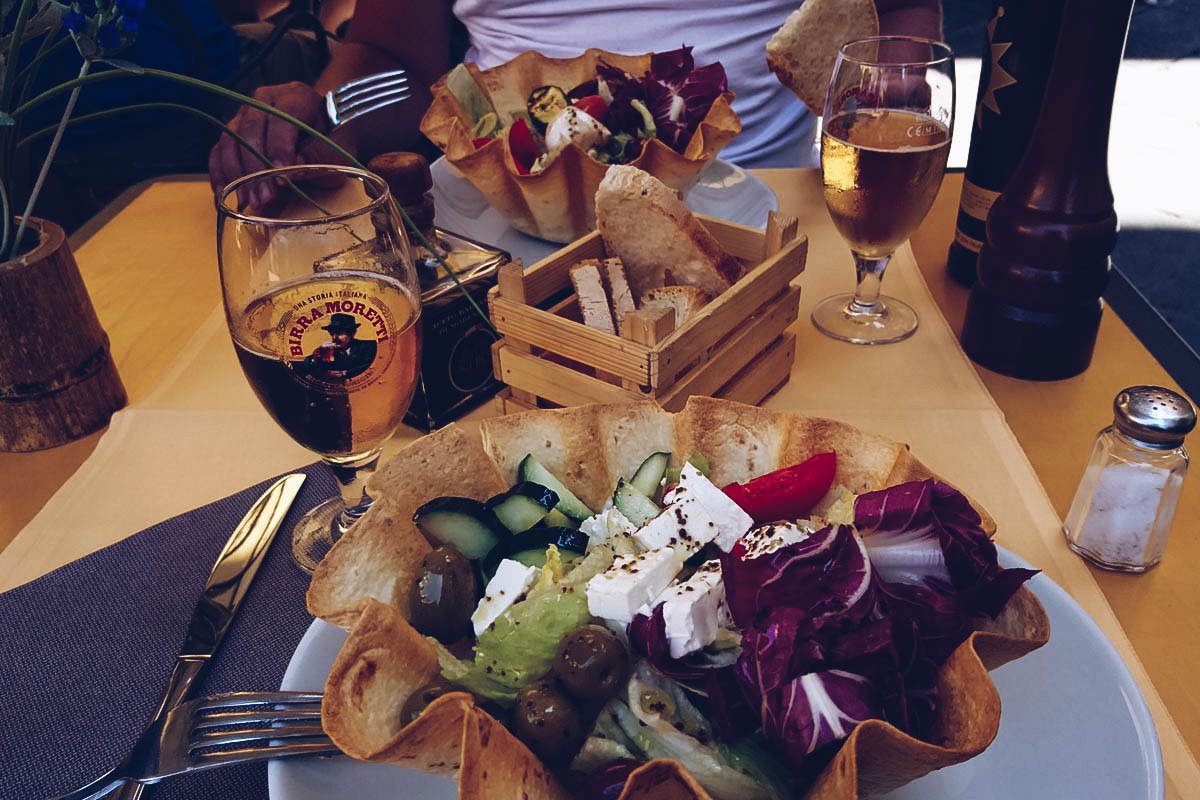
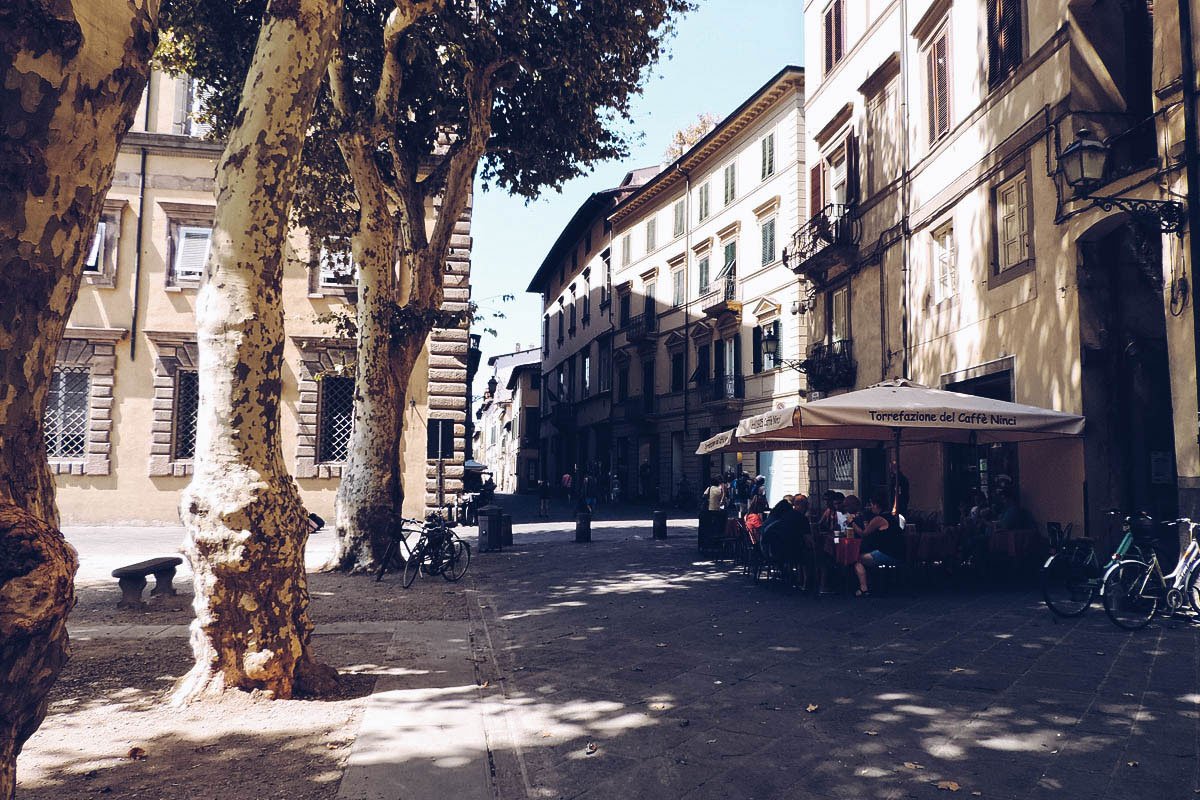
If you are on the road, look for local family trattorias on the sidelines, better than dining in big cities. The quality of food decreases in direct proportion to the number of tourists around. Here, a good navigation is useful, which shows the nearest restaurants, we personally used Google Maps, where you can always suggest the opinions of other visitors.
ITALY PRACTICALLY – SELF COOKING
We can also eat self-cooked meals, but remember that the stores in Italy are usually open until 9 PM. We did not meet with the 24-hours stores, so you should think about what you need in advance. If you find a store open a little longer, remember that alcohol can be bought in Italy maximum until 10 PM.
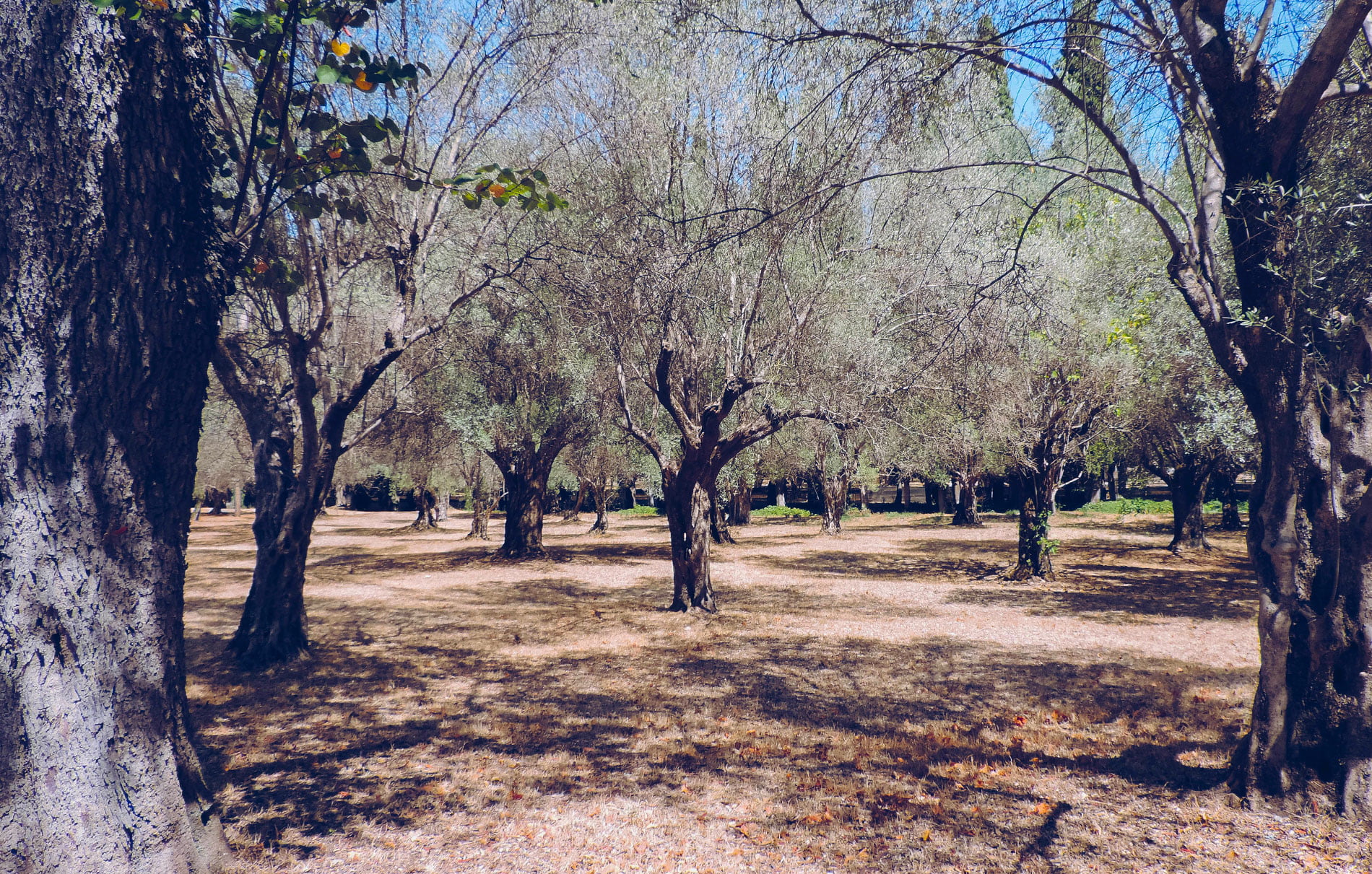
ITALY PRACTICALLY – THE TIME FOR SIGHTSEEING
If you start your sightseeing tour on Monday, it is best to visit the beach. On Mondays, many museums and exhibitions are closed. If you have already found an open-air facility worth visiting, you have to be prepared for the expenses associated with admission tickets, which are not cheap. Remember that in Italy, the first Sunday of the month allows free entry to most museums, it’s worth having in mind when planning your trip. When visiting larger cities, it’s worth to look for a tourist card in advance. They will allow you to reduce the loss of cash in the wallet and at the same time will save us a lot of time. Usually, with city cards you don’t have to stand with a long queue to tourist attractions. They often include a free entrance to 2-3 objects. Usually, you can buy them in any facility where such a ticket is valid, but it is better to do it earlier through the Internet. One more remark at the end, although perhaps obvious – when visiting churches it is worth remembering about the appropriate clothing, unfortunately, shorts or shirts on shoulder straps are not allowed, even if you have paid for the ticket or have a city card.
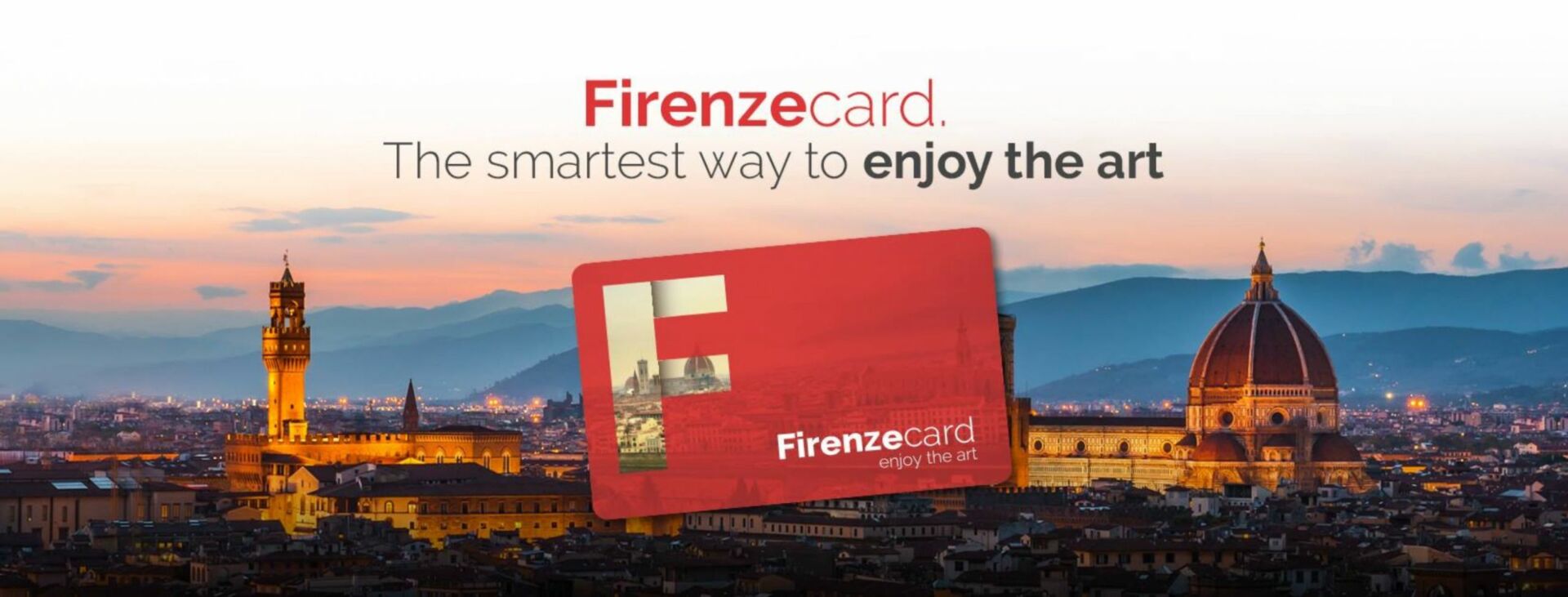
A BUNCH OF USEFUL LINKS AT THE END
- We have prepared a ready-to-use proposal for a trip to the Alps and the Italian Dolomites. Take a look at our plan day after day – maybe it will help you or inspire you to change your route. Link to the article you will find here.
- Our route, which we chose when driving to Italy, is described here. You will find there a map and useful information.
- Do you go further on the Italian highways? Check in our article, for what costs you have to prepare.
- We wrote about the traffic regulations and parking rules in Italy in this article.
